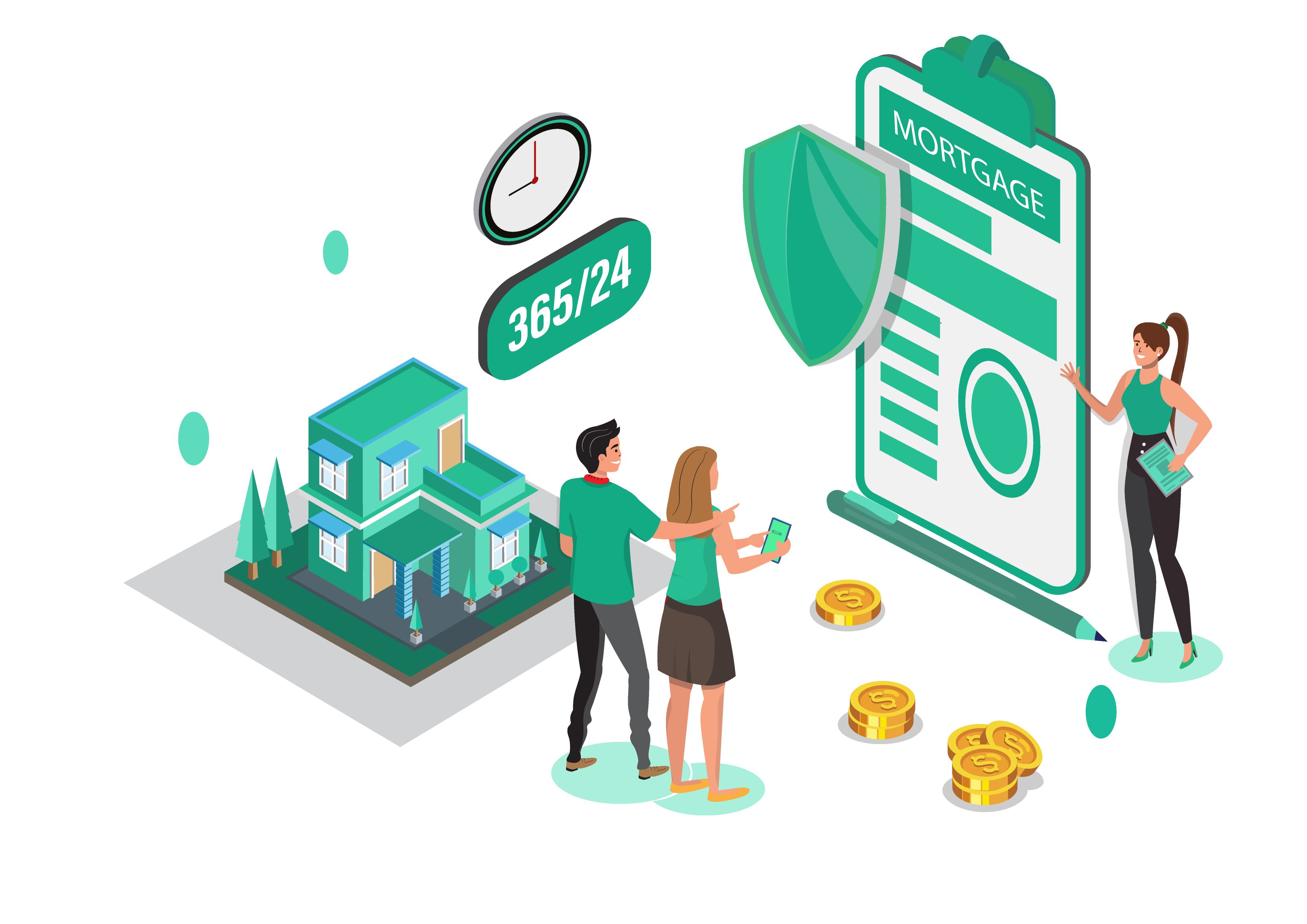
Mortgage life insurance providing financial protection to the borrower's loved ones in the event of the borrower's death. If the borrower dies before the mortgage is paid off, the insurance company pays off the remaining balance of the mortgage.
An RRSP also helps you lower your tax bill today, by allowing you to deduct RRSP contributions from your taxable income. By the time you retire you will likely be in a lower tax bracket, so withdrawals are taxed at a lower rate than today.
To obtain mortgage life insurance, the borrower typically applies for a policy and pays premiums as part of their monthly mortgage payments. The premiums are based on the borrower's age, health, and the amount of the mortgage. The younger and healthier the borrower, the lower the premiums will be.
For most Canadians, withdrawing from your RRSP at a later point in life – in your 60s or 70s – means paying much less tax.
Think of it this way: you’ll probably be in a much lower tax bracket when you’re retired in your 60s or 70s. So, you’ll be paying less tax when you withdraw from your RRSP at that age, all the while helping to lower your current tax bill.


When the borrower dies, the beneficiary of the mortgage life insurance policy (usually the borrower's spouse or partner) submits a claim to the insurance company. The insurance company will then pay off the remaining balance of the mortgage, relieving the borrower's loved ones of the financial burden of paying off the mortgage.
You don’t pay tax on the growth of your investments in your RRSP until you withdraw it so you can keep more of your money.
It is important to note that mortgage life insurance only pays off the mortgage, and it does not provide any other financial protection or benefits to the borrower's loved ones. Borrowers may want to consider purchasing a separate life insurance policy that provides a broader range of financial protection and benefits to their loved ones.
